Back to T-Shirts & Polo Shirts
Related Products

Viking Raven Motif Embroidered Throw Pillow Cover
It's a cover! The inner pillow is NOT included.
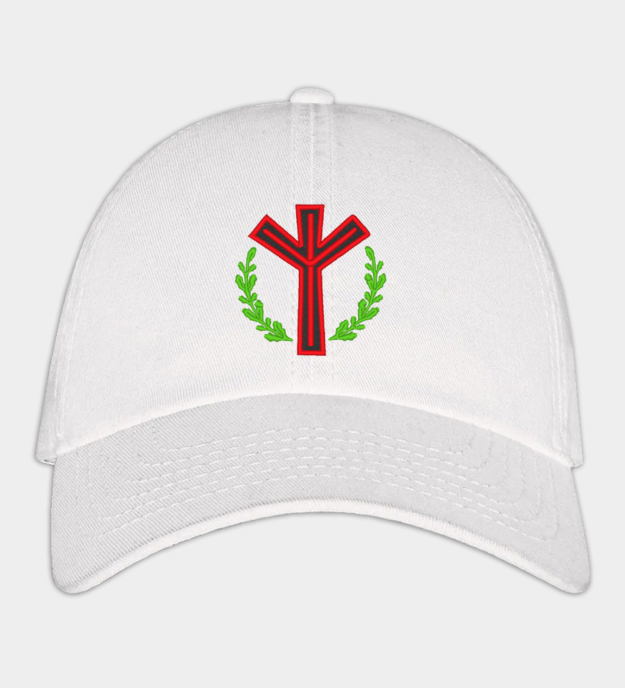
34,90 $ Select options This product has multiple variants. The options may be chosen on the product page

79,90 $ Select options This product has multiple variants. The options may be chosen on the product page

32,90 $ Select options This product has multiple variants. The options may be chosen on the product page

32,90 $ Select options This product has multiple variants. The options may be chosen on the product page

26,90 $ Select options This product has multiple variants. The options may be chosen on the product page
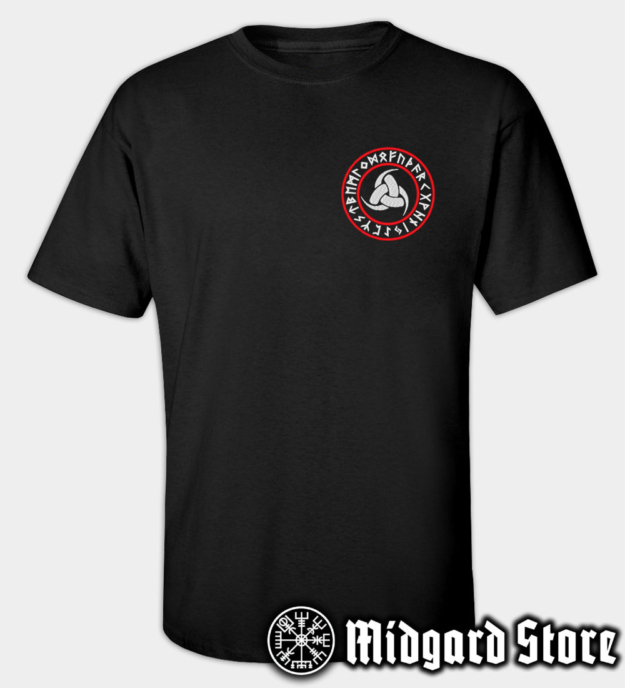
29,90 $ Select options This product has multiple variants. The options may be chosen on the product page

43,90 $ Select options This product has multiple variants. The options may be chosen on the product page
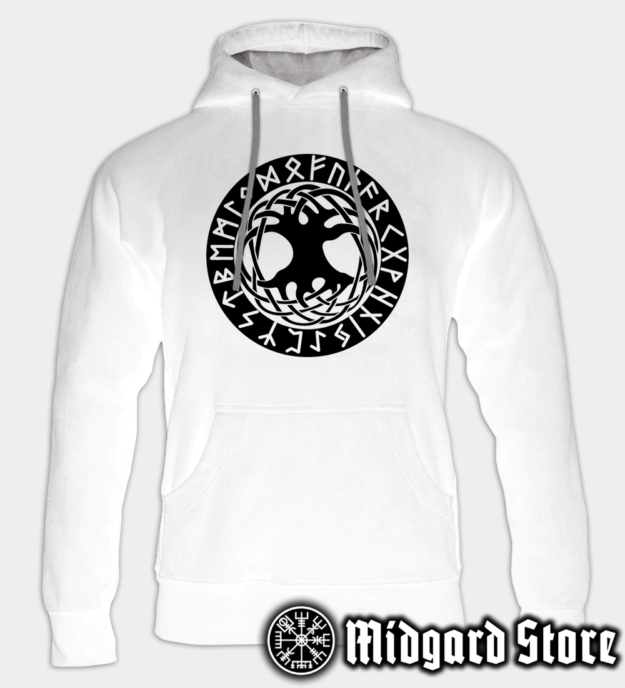
79,90 $ Select options This product has multiple variants. The options may be chosen on the product page
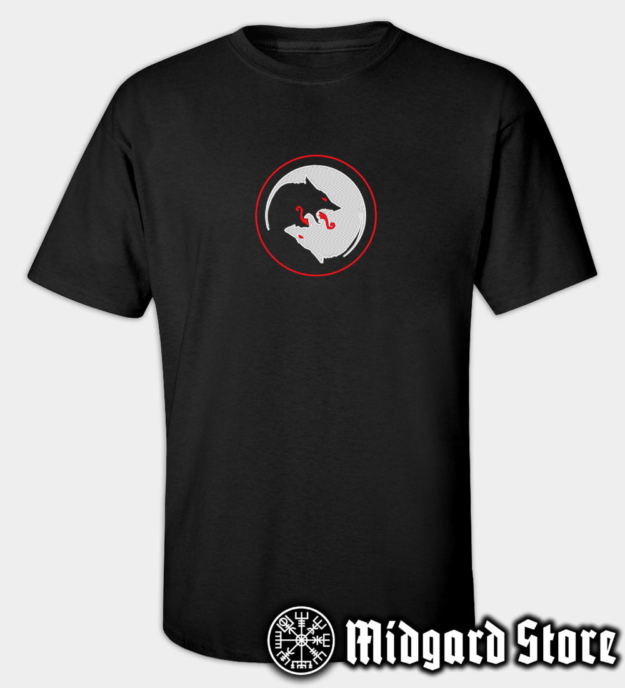
37,90 $ Select options This product has multiple variants. The options may be chosen on the product page

79,90 $ Select options This product has multiple variants. The options may be chosen on the product page

74,90 $ Select options This product has multiple variants. The options may be chosen on the product page
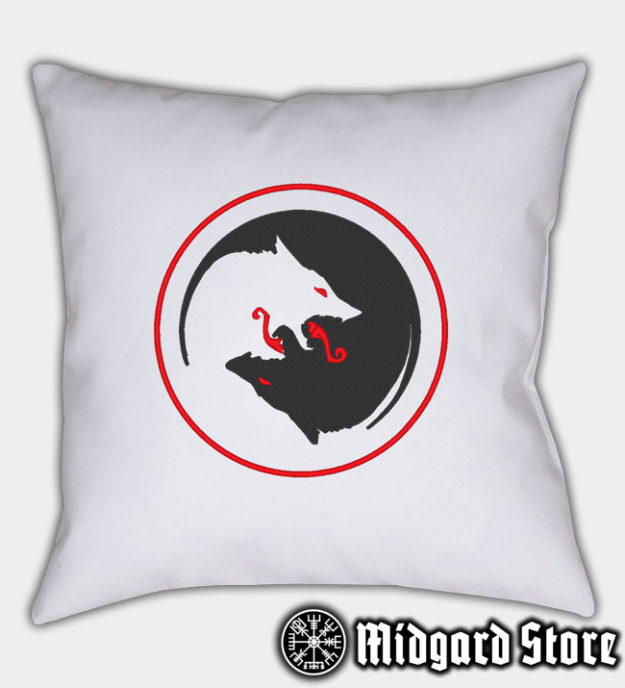
Odin’s Wolves Embroidered Throw Pillow Cover
It's a cover! The inner pillow is NOT included.

32,90 $ Select options This product has multiple variants. The options may be chosen on the product page
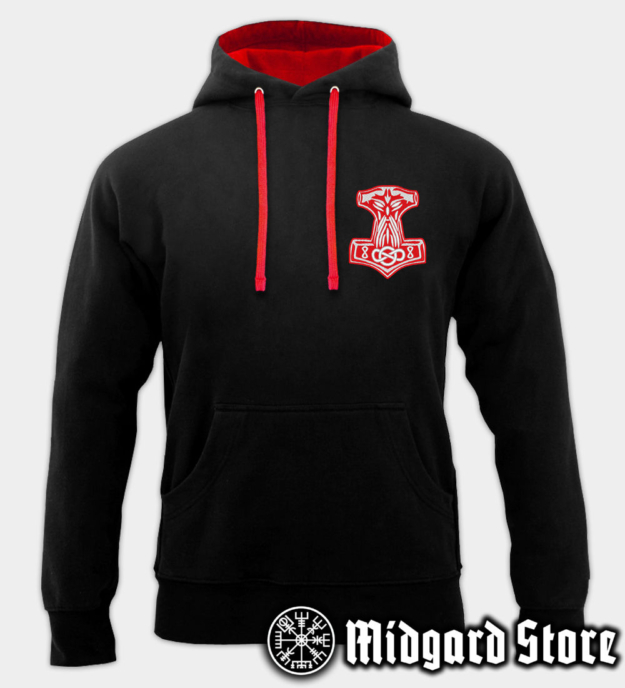
74,90 $ Select options This product has multiple variants. The options may be chosen on the product page
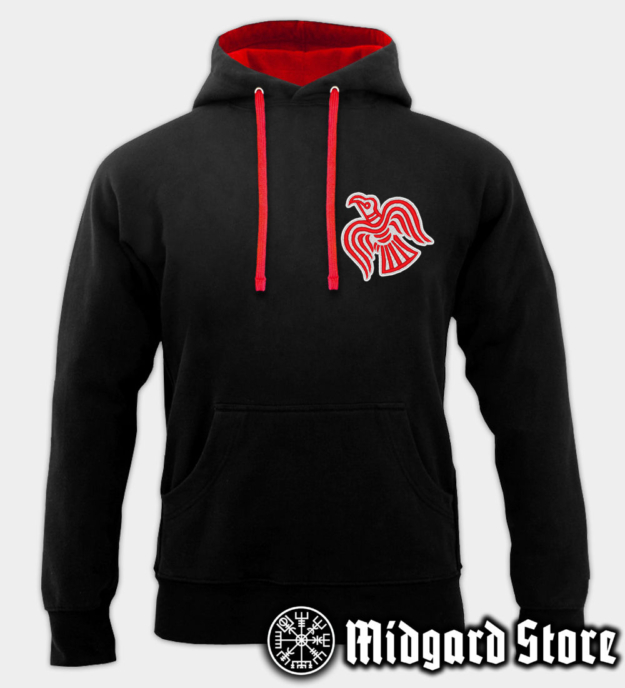
74,90 $ Select options This product has multiple variants. The options may be chosen on the product page









